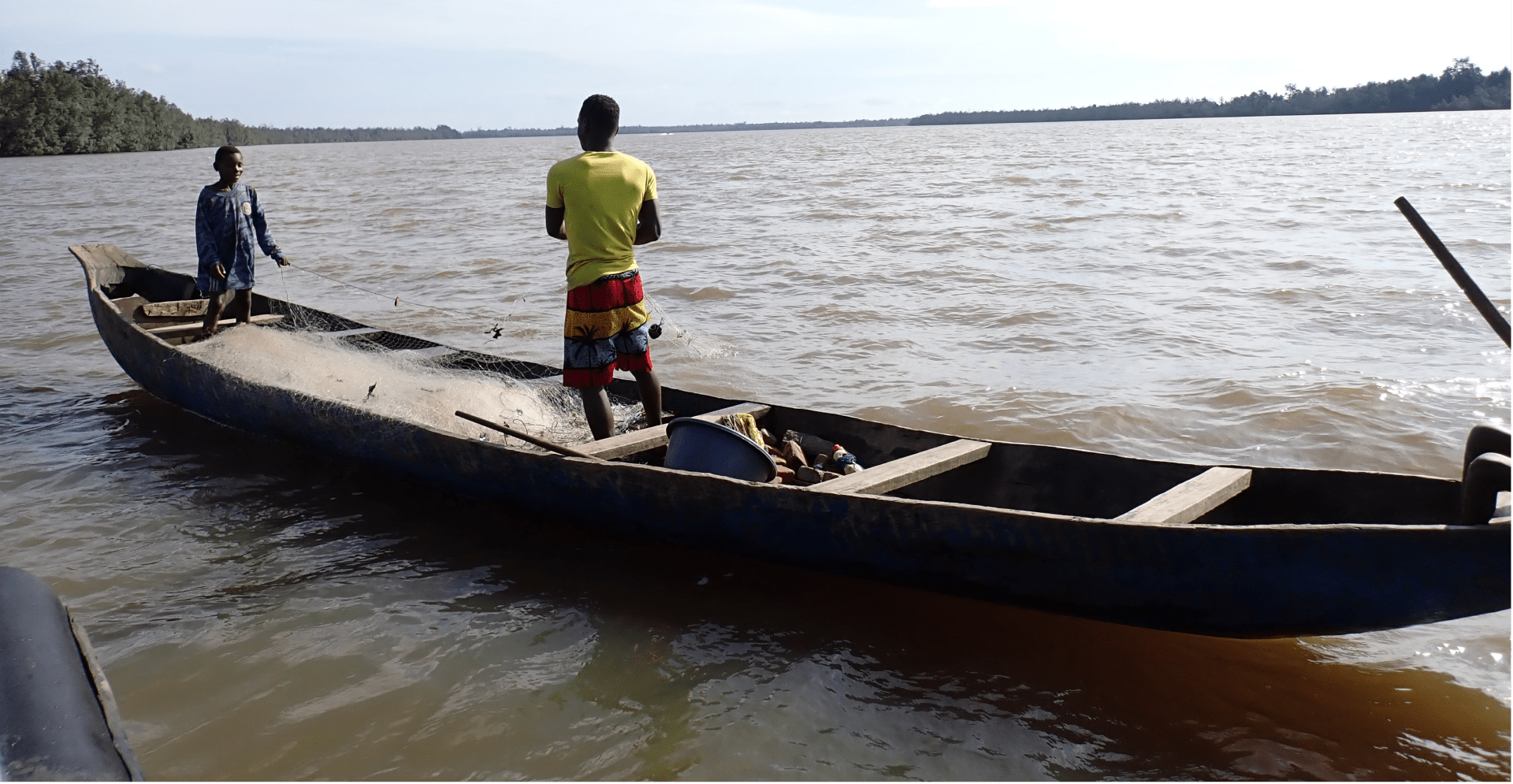The Dibamba River is a vital ecosystem for Douala, the largest city in Cameroon, providing natural resources and cultural services to Douala’s four million residents. However, the river is facing multiple threats, including urban development, pollution, climate change, sand mining and fisheries. To address these challenges, UN-Habitat has recognized the importance of the Dibamba River and has enlisted the Arcadis Shelter Program to help develop a strategic resource management plan to protect the river from further damage and ensure its sustainable management.

Complex balance
Douala’s rapid growth since the 1950s has led to the destruction of natural systems such as mangrove forests that once surrounded the banks of the Dibamba River. This development along with poor waste management in informal neighborhoods and industries, has increased pollutions levels in the river. Despite these challenges, the Dibamba River remains an essential ecosystem that provides water, food, access to the sea and relief for stormwater and wastewater. It also holds cultural significance for the local community and is the main source of drinking water for Douala. Maintaining the balance between different economic, cultural and ecological values is crucial for the long-term health of the river. Therefore, local stakeholders are making efforts to protect the river and ensure that it continues to provide economic, public health and cultural benefits to the community.
The Shelter mission
UN-Habitat is working with local governments, national agencies and the Douala City Council to develop the Dibamba Strategic River Resources Management Plan as part of a wider Dibamba River Protection Plan. Arcadis’ Shelter team has provided a set of recommendations to protect the Dibamba River, including establishing a protected river corridor, regulating and monitoring waste disposal, improving development planning, creating a permitting system for river resources and promoting cultural ties to the river.
To ensure the long-term viability of this framework, an adaptive management structure has been recommended. This structure can evaluate the successes and challenges of the political regulatory structure implementing the plan and the activities conducted to protect the river. An adaptive approach can respond to changing needs based on feedback from stakeholders, changing situations and evaluation of the progress of specific projects.






